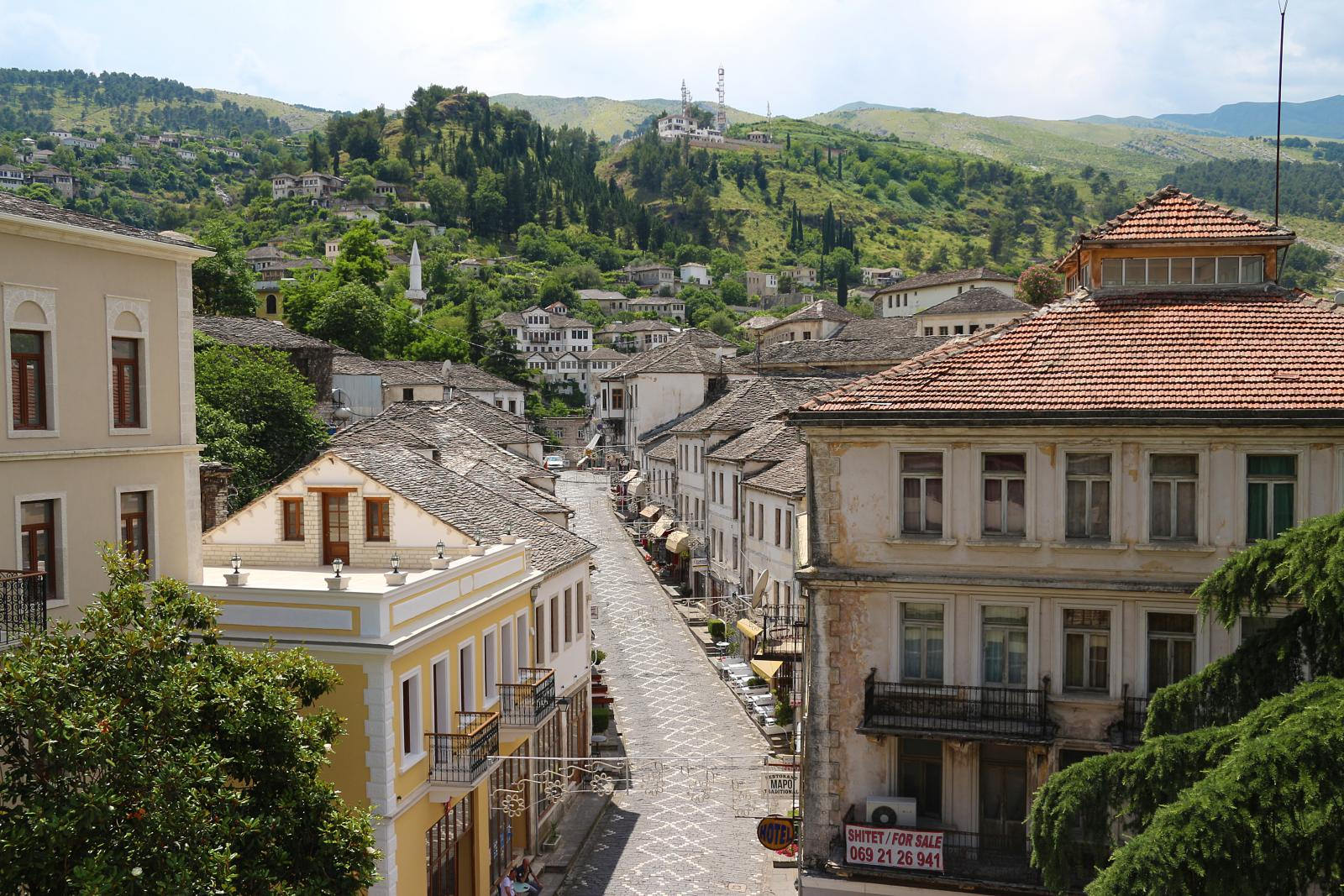Description
Gjirokastër by the population is the largest municipality in the Gjirokastër County. According to INSTAT, based on the 2011 Census, Gjirokastër Municipality was estimated to have 28,673 residents (a density of 53.91 persons/km2) living in 6,919 housing units, while the county as a whole has a total of 72,176 inhabitants. The population of the municipality includes the urban and rural population in its Administrative Units such as: Antigonë; Cepo; Lazarat; Lunxhëri; Odrie and Picar. The city of Gjirokastër itself has a resident population of 19,836 inhabitants which are a predominantly urban population. In the municipality, the population was spread out with 16.76% from the age 0 to 14, 69.24% from 15 to 64, and 13.98% who were 65 years of age or older. As far as the city itself is concerned, the population was spread out with 16.93% from the age 0 to 14, 70.27% from 15 to 64, and 12.78% who were 65 years of age or older.
17th-century Ottoman traveler Evliya Çelebi, who visited the city in 1670, described the city in detail. One Sunday, Çelebi heard the sound of a vajtim, the traditional Albanian lament for the dead, performed by a professional mourner. The traveler found the city so noisy that he dubbed Gjirokastër the “city of wailing”.
The novel Chronicle in Stone by Albanian writer Ismail Kadare tells the history of this city during the Italian and Greek occupation in World War I and II, and expands on the customs of the people of Gjirokastër. At the age of twenty-four, Albanian writer Musine Kokalari wrote an 80-page collection of ten youthful prose tales in her native Gjirokastrian dialect: As my old mother tells me , Tirana, 1941. The book tells the day-by-day struggles of women of Gjirokastër, and describes the prevailing mores of the region.
Gjirokastër, home to both Albanian and Greek polyphonic singing, is also home to the National Folklore Festival that is held every five years. The festival started in 1968 and was most recently held in 2009, its ninth season.[70] The festival takes place on the premises of Gjirokastër Fortress. Gjirokastër is also where the Greek language newspaper Laiko Vima is published. Founded in 1945, it was the only Greek-language printed media allowed during the People’s Socialist Republic of Albania.



